When you think of crime-fighting partners, your mind probably jumps straight to humans or maybe even the occasional dog. But the animal kingdom is full of incredibly intelligent species that have been enlisted to help in the fight against crime. From the skies to the seas, these animals possess unique skills that make them top-notch investigators. Let’s dive into this listicle to explore 13 remarkable animals that are making waves in the world of crime-fighting. You might be surprised by some of the animals on this list!
1. Dogs: The Classic Crime-Fighting Companions
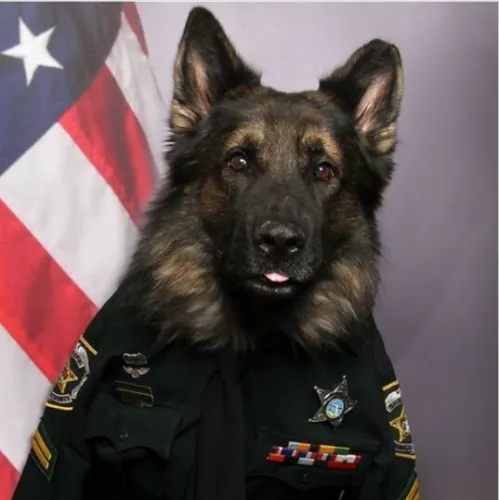
Regarding crime-fighting animals, dogs are often the first to come to mind. These loyal companions have assisted law enforcement for decades with their keen sense of smell, intelligence, and trainability. For example, German Shepherds and Belgian Malinoiss are commonly used in police work due to their agility and ability to handle high-stress situations. Dogs are trained to sniff out drugs, explosives, and even electronic devices, making them indispensable in various scenarios, from airport security to search and rescue missions.
According to the American Kennel Club, dogs are now being trained to detect COVID-19, which shows the evolving nature of their roles. Beyond their scent-tracking abilities, dogs also excel in search and rescue missions, locating missing persons who have been lost in wilderness areas or trapped under rubble. Their strong bond with human handlers allows for effective teamwork, making dogs a favorite among law enforcement agencies worldwide. These furry protectors are much more than just pets.
2. Horses: Majestic Mounts with a Keen Eye
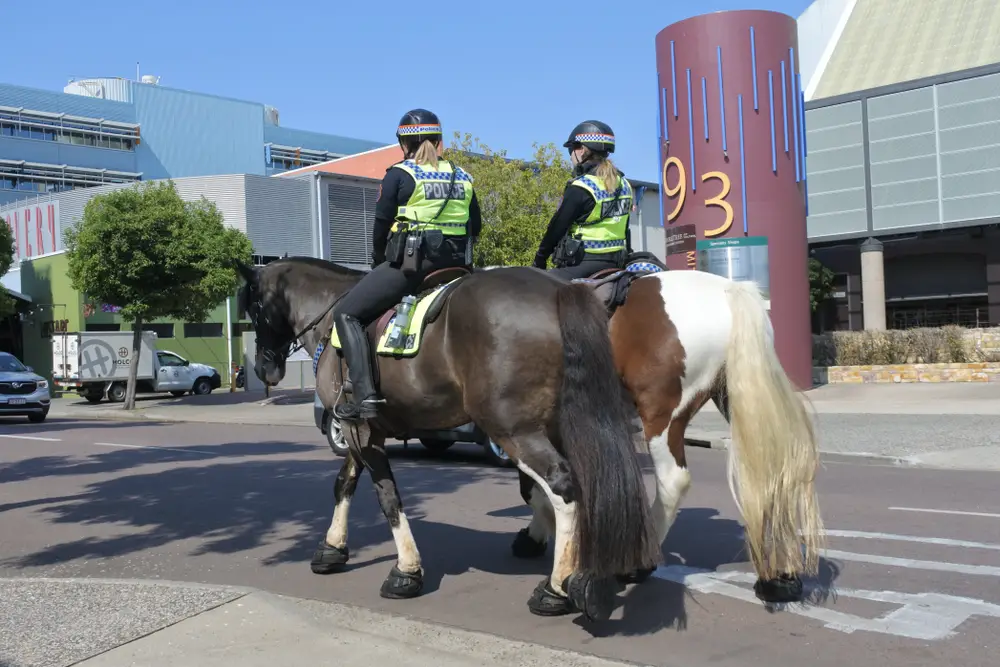
Horses might not be the first animal you think of in terms of crime-fighting, but these majestic creatures have a long history of working alongside humans. Mounted police units are a staple in many large cities, providing a visible and approachable presence in crowded areas such as festivals, parades, and protests. Their towering height offers officers a better vantage point to monitor large crowds and identify potential threats from a distance. Additionally, horses are known for their calm demeanor and ability to navigate through challenging terrains, making them perfect for patrolling parks and rural areas.
While they’re not sniffing out explosives like dogs, horses bring a unique skill set to the table. Their presence alone can deter crime simply due to their size and the respect they command from the public. According to a study by the University of Oxford, mounted patrols have been shown to enhance public perceptions of safety and trust in law enforcement. With their noble stature and gentle disposition, horses continue to play a vital role in community policing and crowd control.
3. Pigeons: Urban Aviators Turned Covert Messengers
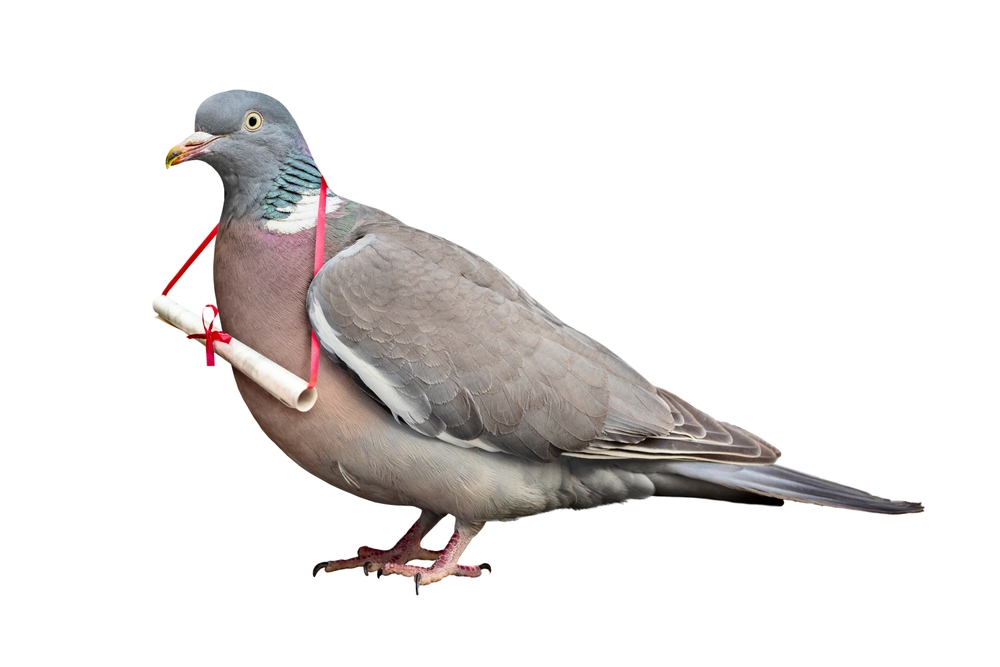
Pigeons may seem like an unlikely candidate for crime-fighting, but these urban birds have an incredible homing ability that has been used for covert operations. During World War I and World War II, pigeons were employed to carry messages across enemy lines, providing a reliable form of communication when other methods failed. Today, pigeons are no longer used for messaging in law enforcement, but they have left a legacy of remarkable intelligence and adaptability.
Research published in Science Daily has found that pigeons can be taught to distinguish between different human faces, a skill that could potentially be harnessed for surveillance. While their role in fighting crime isn’t as direct as it once was, pigeons’ unique talents continue to intrigue scientists and researchers looking for innovative ways to enhance security. Their past contributions remind us of the surprising utility these birds have had over the years.
4. Dolphins: Aquatic Detectives on Patrol
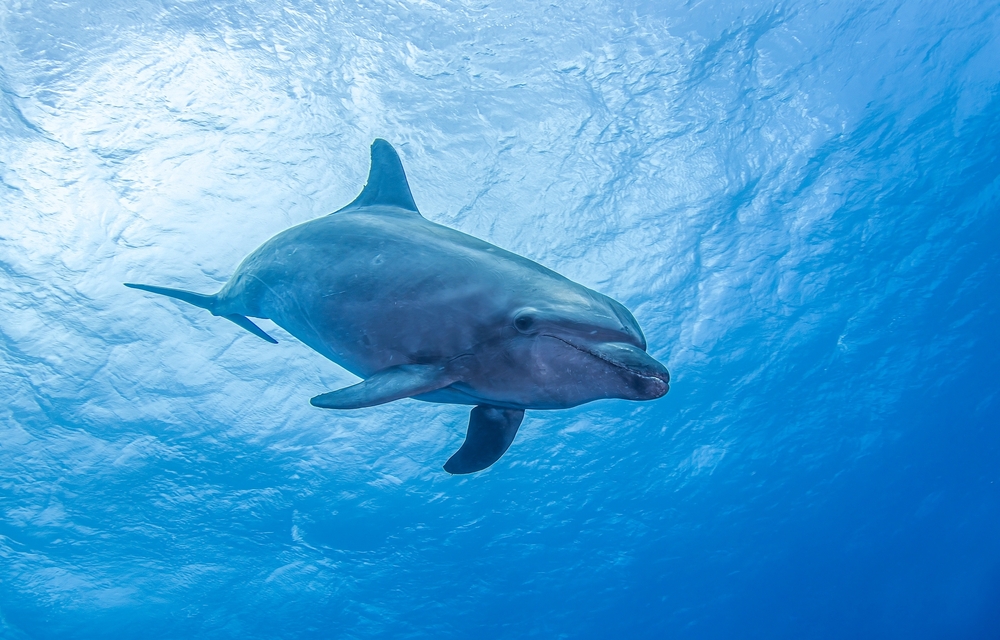
Dolphins are renowned for their intelligence and sociable nature, qualities that have been harnessed by military and law enforcement agencies for specialized crime-fighting tasks. These marine mammals have been trained to locate underwater mines and detect enemy divers, using their natural sonar capabilities to perform these high-risk tasks. Their echolocation skills allow them to navigate and identify objects with remarkable precision, proving invaluable in marine operations where human divers may struggle.
The U.S. Navy Marine Mammal Program has highlighted the importance of dolphins in maintaining naval security. Dolphins can cover vast areas of ocean quickly, making them efficient patrollers of harbors and coastline areas. Their ability to operate in challenging underwater environments gives them a unique advantage over mechanical devices, which can malfunction or fail. As the focus on underwater security continues to grow, dolphins remain an essential asset in safeguarding our seas.
5. Bees: Tiny Creatures with Big Potential

Bees might be small, but their potential in fighting crime is massive. These industrious insects have an extraordinary sense of smell, which scientists have been keen to explore and develop for use in detecting illegal substances. Researchers have found that bees can be trained to associate specific scents with food, allowing them to detect explosives and drugs in a controlled environment. Their ability to work in swarms offers an efficient way to cover large areas quickly, making them promising candidates for future security applications.
In addition to their detection abilities, bees’ environmental impact is drawing attention from law enforcement agencies. By analyzing pollen carried by bees, forensic scientists can gather crucial information about a specific geographical area’s flora, which may help solve crimes. This innovative approach has opened new doors to research and security measures. As technology and science advance, the potential for bees to contribute to crime-solving efforts continues to expand, showcasing their unique skills beyond pollination.
6. Rats: Resourceful Rodents in Landmine Detection
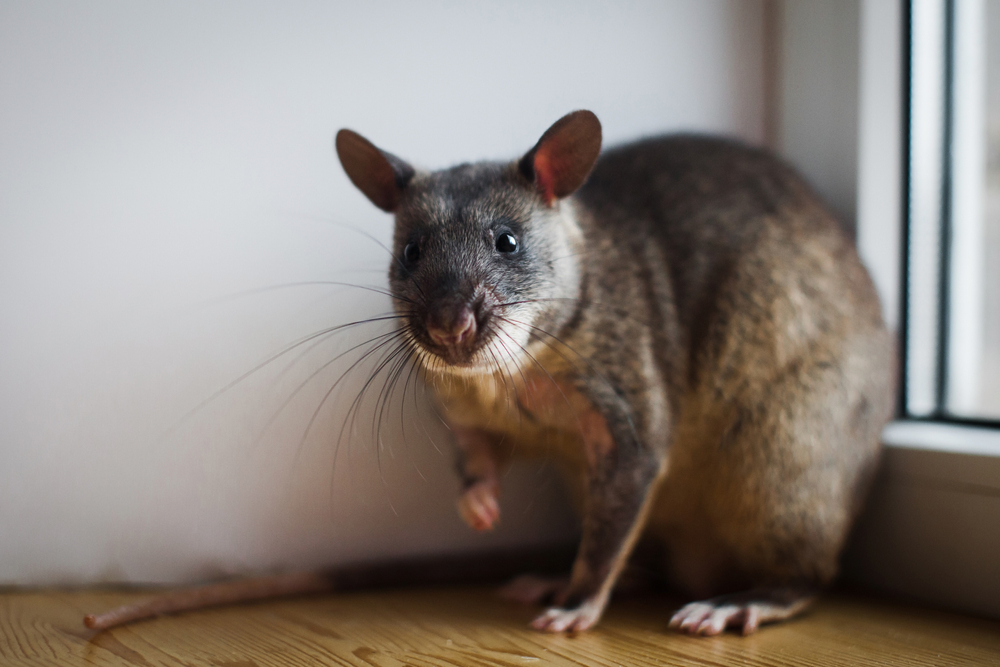
Rats often get a bad rap, but these resourceful rodents are proving invaluable in certain crime-fighting efforts. In regions plagued by landmines, African giant pouched rats have been trained to sniff out these dangerous explosives. These rodents are light enough not to trigger the mines and have been successfully used in countries like Mozambique and Cambodia to clear minefields. Their keen sense of smell, combined with their small size, makes them ideal for this task, and they’ve been credited with saving countless lives.
In addition to detecting landmines, rats are being considered for other types of detection work. Researchers are investigating their potential to sniff out tuberculosis and other diseases in humans, offering a cost-effective solution for medical diagnostics in developing countries. While they may not be as cuddly as dogs, the contributions of these clever critters demonstrate that crime-fighting comes in all shapes and sizes. Rats are breaking stereotypes and showing us the unexpected ways animals can assist humans.
7. Elephants: Gentle Giants with a Nose for Trouble
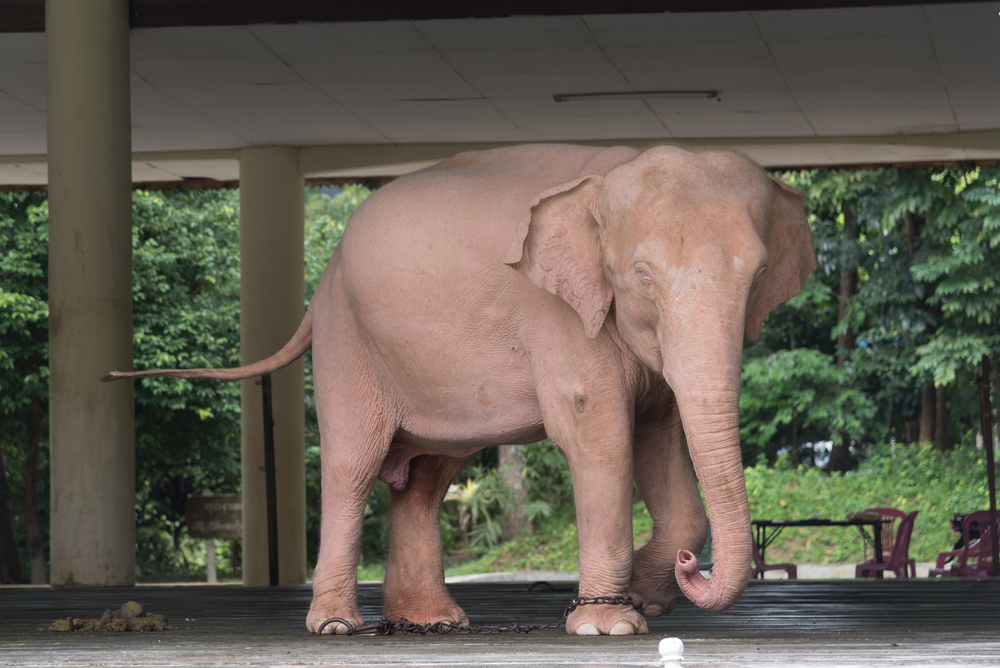
Elephants are known for their intelligence, memory, and strong sense of community, traits that have been leveraged for anti-poaching efforts in Africa. Rangers have been using elephants to patrol vast stretches of wildlife reserves, using their sheer size and presence to deter would-be poachers. These gentle giants can also be trained to detect scents associated with poaching activities, such as gunpowder and ivory, helping law enforcement track down illegal operations.
Moreover, elephants provide a sustainable, eco-friendly alternative to motorized patrols in sensitive ecosystems. Their ability to traverse difficult terrains without causing damage to the environment is vital for conservation efforts. With their social nature and close bonds with human handlers, elephants have proven themselves to be invaluable partners in protecting endangered species. As the battle against poaching continues, elephants remain a beacon of hope in the fight to save our planet’s wildlife.
8. Sea Lions: Sleek Sea Saviors
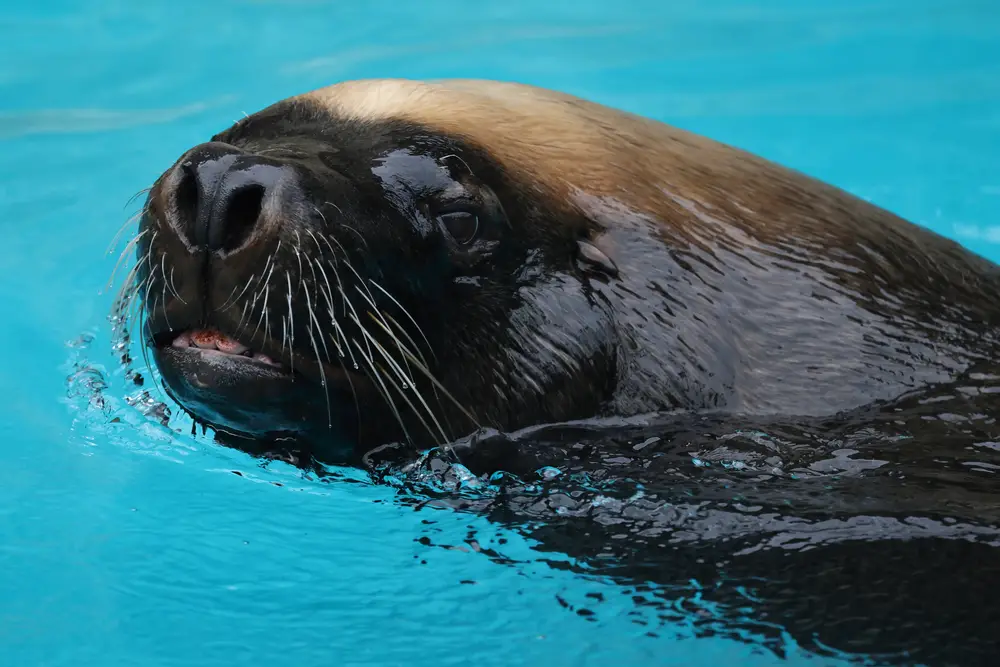
Sea lions are the acrobats of the ocean, and their intelligence and trainability make them excellent candidates for a range of underwater crime-fighting tasks. The U.S. Navy has employed sea lions to assist in retrieving equipment from the ocean floor and detecting unauthorized divers entering restricted areas. These agile swimmers can maneuver through the water with ease, making them perfect for missions that require speed and precision.
Their naturally curious nature allows them to explore and investigate objects more effectively than some mechanical devices. Sea lions have been used to attach recovery lines to lost equipment, enabling human divers to retrieve items safely. Their contribution to naval operations highlights the innovative ways in which animals can be utilized to enhance security and safety measures. Sea lions continue to impress with their versatility and ability to adapt to challenging environments.
9. Parrots: Talkative Allies with a Sharp Mind
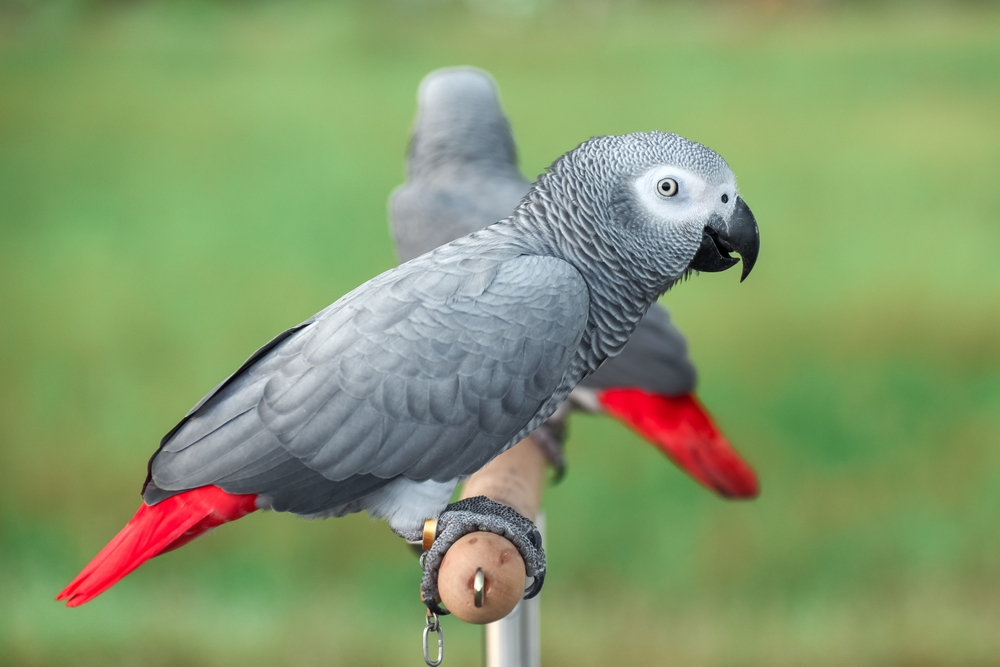
Parrots are renowned for their ability to mimic human speech, but their crime-fighting potential goes beyond just chatter. These feathered friends have a remarkable memory and can be trained to recognize words, phrases, and even sounds associated with criminal activities. In some cases, parrots have been used to alert authorities to suspicious behavior, serving as unexpected witnesses to crimes.
Their keen intelligence allows them to learn and remember complex tasks, making them suitable candidates for various detection roles. While their use in law enforcement is still in its infancy, parrots offer a unique perspective on the potential for avian assistance in crime investigations. With ongoing research into their cognitive capabilities, parrots could soon become valuable partners in the fight against crime. Their colorful presence adds a unique twist to the world of animal crime-fighters.
10. Bats: Nighttime Navigators with a Keen Sense of Sound
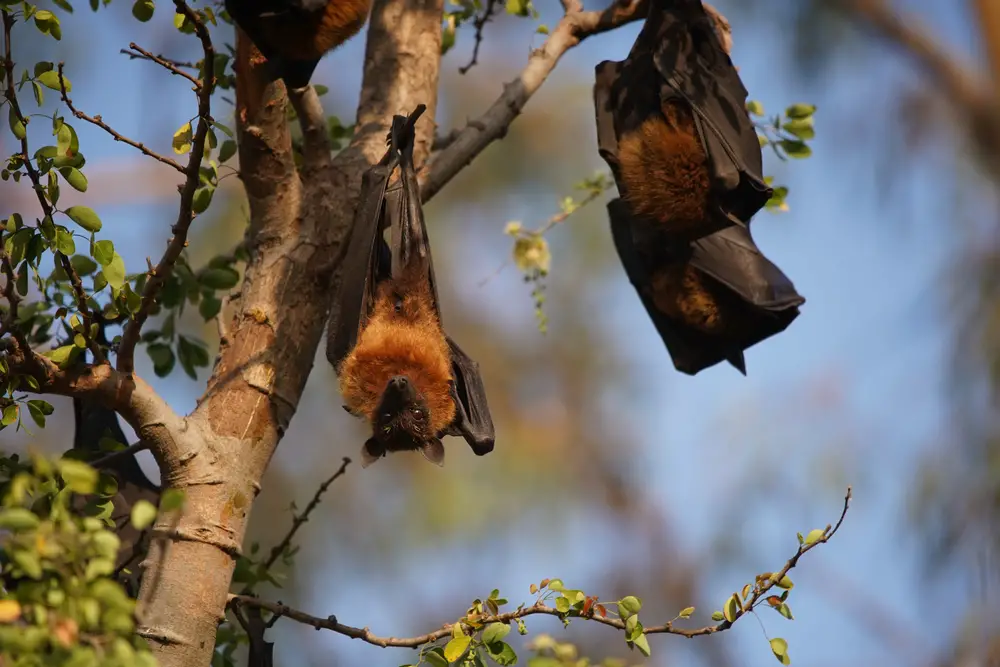
Bats are the masters of the night, using echolocation to navigate and hunt in complete darkness. Researchers are exploring ways to harness their incredible sense of sound for crime-fighting purposes. Bats have been studied for their potential to detect changes in their environment that could indicate illegal activities, such as the movement of poachers or smugglers. Their ability to cover large areas during nighttime hours makes them ideal candidates for nighttime surveillance.
In addition to their navigational skills, bats play a crucial role in maintaining ecological balance, which can indirectly impact crime prevention. By controlling insect populations, bats help protect crops and reduce the need for harmful pesticides, promoting sustainable agriculture. This environmental contribution underscores the interconnectedness of wildlife and human activities. As research into their capabilities continues, bats may soon become an integral part of crime-fighting strategies.
11. Monkeys: Mischievous Investigators with a Knack for Problem-Solving
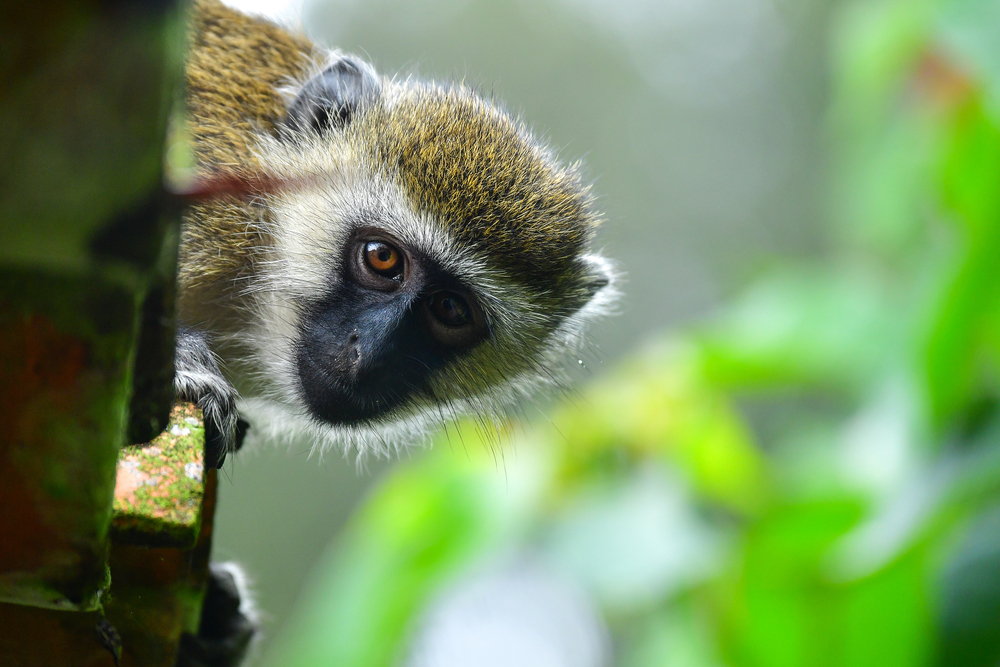
Monkeys possess a high degree of intelligence and dexterity, making them potential partners in crime-fighting efforts. Their ability to learn and perform complex tasks has been leveraged in various research projects aimed at security and surveillance. Monkeys can be trained to recognize specific objects or individuals, providing valuable assistance in identifying persons of interest or locating hidden contraband.
Their natural curiosity and problem-solving skills make monkeys adept at navigating challenging environments, such as dense jungles or urban settings. While their use in law enforcement is still being explored, the potential for monkeys to contribute to investigations continues to intrigue researchers. Their playful demeanor adds an element of surprise in the world of animal crime-fighters. Monkeys remind us that intelligence and adaptability come in unexpected forms.
12. Cats: Stealthy Sleuths with a Love of Mystery

Cats might seem like independent creatures, but their stealth and curiosity make them intriguing partners in crime detection. While they’re not directly employed by law enforcement, cats have been known to aid investigations by alerting humans to hidden dangers or suspicious activities. Their acute senses allow them to detect changes in their environment that might go unnoticed by humans, making them inadvertent crime-fighters.
In addition to their environmental awareness, cats have been used in therapy programs to help rehabilitate offenders, promoting positive behavior and reducing recidivism. Their calming presence can have a significant impact on mental health, offering a unique approach to crime prevention. Cats demonstrate that even the most independent animals can play a role in enhancing security and well-being. Their mysterious nature adds an element of intrigue to crime-solving efforts.
13. Ferrets: Curious Creatures with a Talent for Exploration

Ferrets are known for their playful nature and love of exploration, qualities that can be harnessed for crime-solving tasks. Their slender bodies allow them to navigate tight spaces, making them ideal for search missions in areas inaccessible to larger animals. Ferrets have been used in various experimental projects aimed at detecting illegal substances and locating hidden contraband.
Their natural curiosity drives them to investigate their surroundings, providing valuable assistance in uncovering hidden items. While their role in law enforcement is not yet widely recognized, ferrets offer a unique perspective on the potential for small mammals to contribute to crime-fighting efforts. Their lively personality and enthusiasm for exploration make ferrets a delightful addition to the world of animal crime-fighters. Ferrets remind us that even the smallest creatures can have a big impact.
